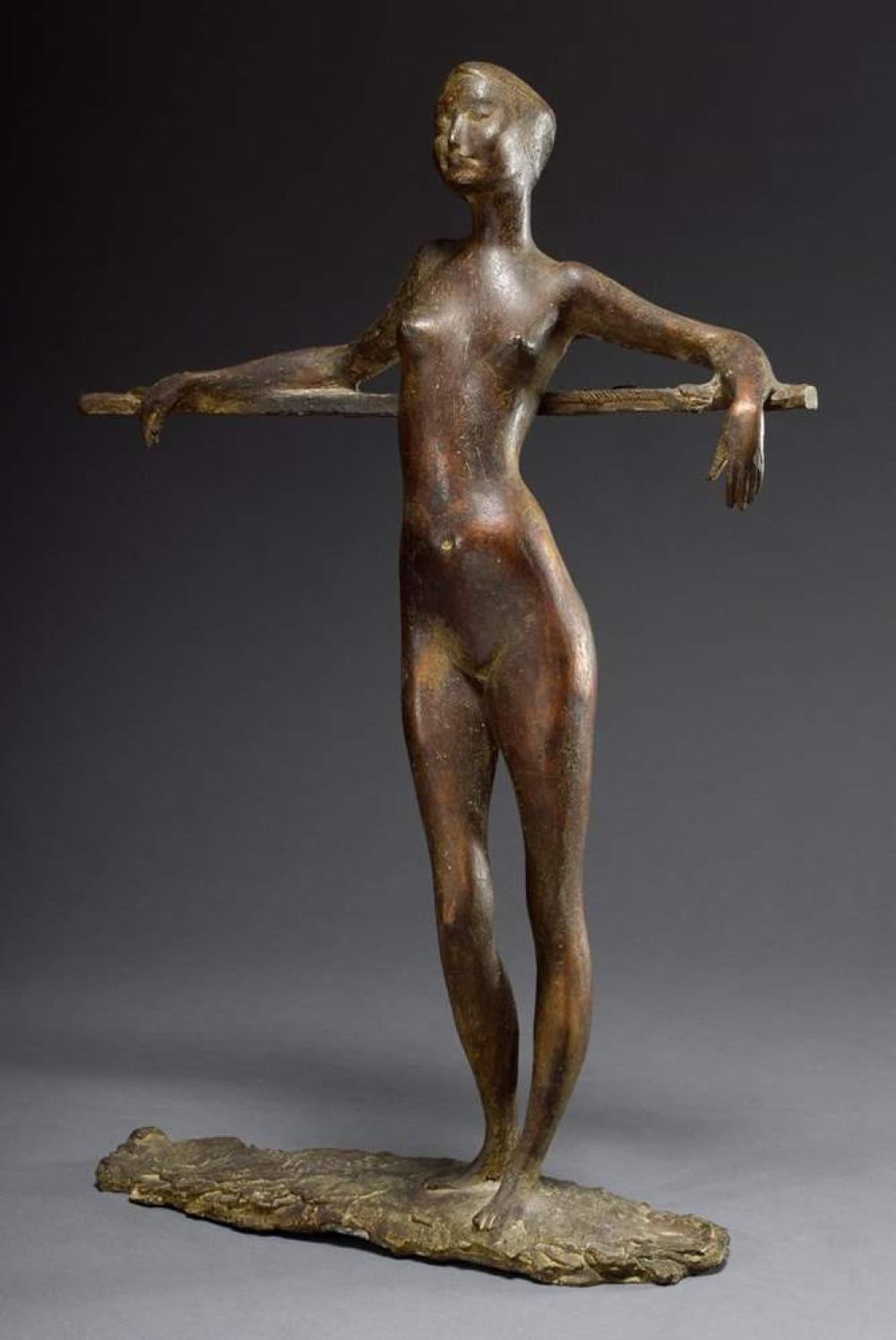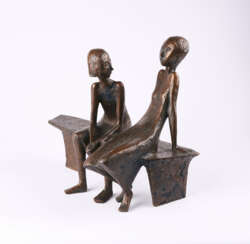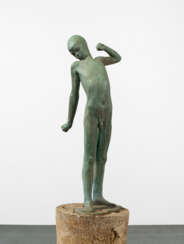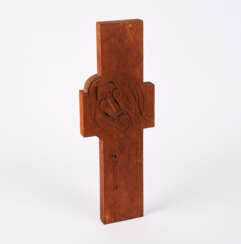
Modern sculptures — A1172: Three-Dimensional
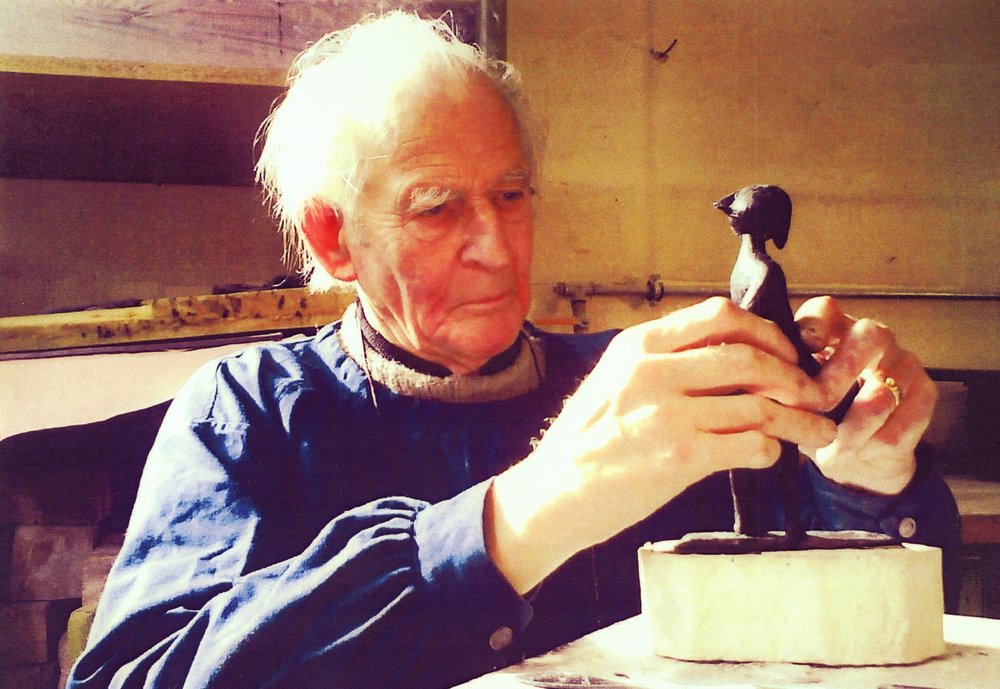
Manfred Welzel was a German painter and graphic artist. He studied at the Academy of Fine Arts in Berlin-Charlottenburg from 1945 to 1949 and later worked as a freelance artist in Berlin.
Welzel's early works were influenced by Expressionism and Surrealism, but he later developed his own style characterized by the use of bold colors and strong lines. He is best known for his abstract paintings and prints, which often feature geometric shapes and vibrant colors. He also created numerous murals and sculptures for public spaces.
Welzel's works have been exhibited in numerous galleries and museums in Germany and abroad. In 1993, he was awarded the Order of Merit of Berlin for his contributions to the arts.

Manfred Welzel was a German painter and graphic artist. He studied at the Academy of Fine Arts in Berlin-Charlottenburg from 1945 to 1949 and later worked as a freelance artist in Berlin.
Welzel's early works were influenced by Expressionism and Surrealism, but he later developed his own style characterized by the use of bold colors and strong lines. He is best known for his abstract paintings and prints, which often feature geometric shapes and vibrant colors. He also created numerous murals and sculptures for public spaces.
Welzel's works have been exhibited in numerous galleries and museums in Germany and abroad. In 1993, he was awarded the Order of Merit of Berlin for his contributions to the arts.
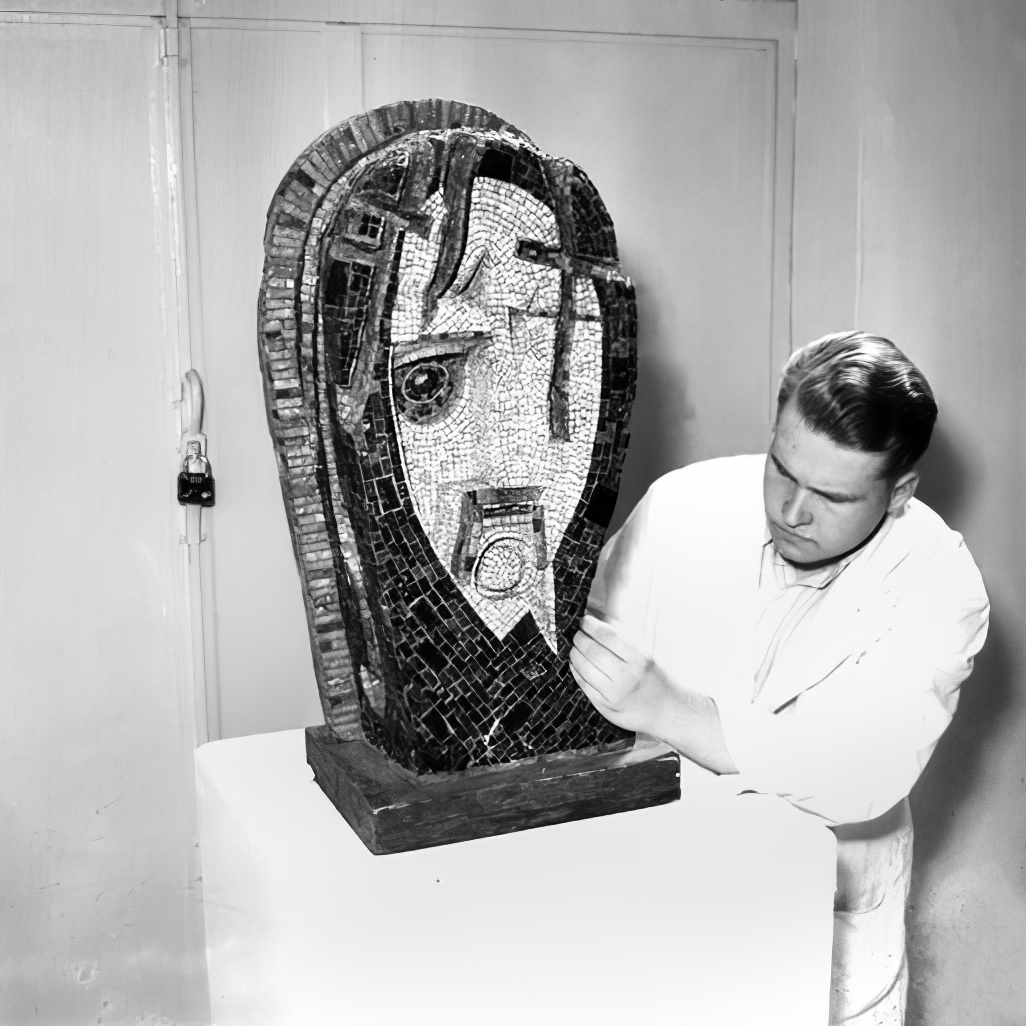
Ludwig Gies was a German painter. He was best known for his paintings and prints, which were influenced by Expressionism and the New Objectivity movement.
Gies studied at the Academy of Fine Arts in Munich and then at the Kunstgeverbeschule in Berlin. In the 1920s he became a member of the 'November Group', a group of artists who sought to create a new form of art that was politically engaged and socially relevant. Gies was also a member of the Association of Revolutionary Visual Artists of Germany.
In his work, Gies often depicted working class people, urban scenes and still life subjects with a sense of social realism. His style was characterized by bold lines, vivid colours and dynamic composition, which gave his works a powerful emotional impact.
Gies's art was widely exhibited in Germany during his lifetime and he was awarded several prizes and awards for his work. Today, his paintings and prints are in the collections of many museums and galleries in Germany and abroad.


